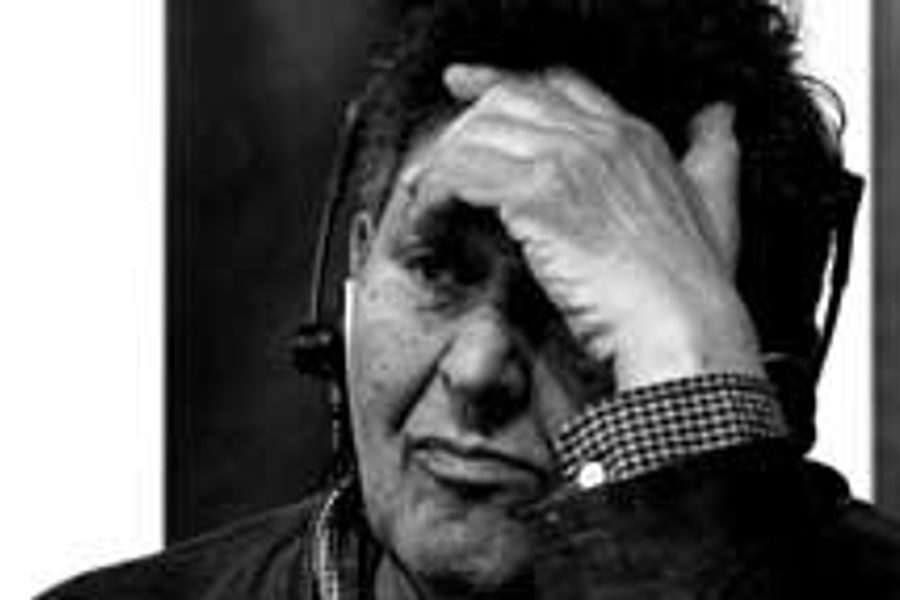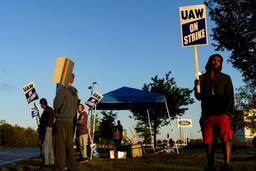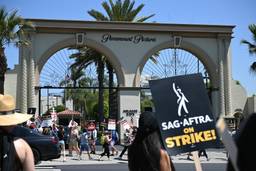
As if America needed reminding of who calls the shots for the nation’s elected officials, mayors across the country — wilting under criticism from the top 1% in cities from New York to Oakland — raided encampments of the Occupy movement Tuesday night.
But the mayors’ actions did not extinguish the flickering flame of a movement. In cities across the nation, members of the Occupy movement responded to their eviction and wanton destruction of their property (NY police systematically slashed tents with knives) by returning to the occupation sites with renewed determination to continue their campaign against inequality. Rolling Stone writer Jeff Sharlet described the scene in Zucotti Park as not one of outrage, but positive enthusiasm.
Stanley Aronowitz, a distinguished sociologist at City College of New York and a former organizer for the Oil, Chemical and Atomic Workers union, sees a major lesson in the mayors’ assaults on the Occupy movement.
“The dismantling of Zucotti Park’s encampment by [Mayor Michael] Bloomberg’s riot police is another indication that the state resorts to violence when it can’t win the debate,” says Aronowitz, author of False Promises: The Shaping of American Working Class Consciousness, among other books. “And there are strong indications from the Oakland Mayor that the physical attack on OWS was a coordinated effort by at least 18 big city mayors, left liberal as well as center and right.”
For Aronowitz, the assaults on the camps added to the evidence that the nascent Occupy movement and its ally the AFL-CIO need to build a power base outside the Democratic Party. “It’s another sign that attempts to reform the Democratic Party are doomed. We need an independent political formation (not an electoral party) if there is a chance to change the world.”
The Occupy movement has displayed great imagination in re-framing American political discourse, but still needs a long-term strategy. “So far, it has seemed like it has movement and tactics, but not a strategy,” Aronowitz observed. “It seems like a number of people in the Occupy movement think strategy means hierarchy, when it really means coordinating a movement to transform the fundamentally authoritarian nature of American life outside the increasingly hollow democracy of the political system.”
Only a long-term strategy can produce a multi-front movement that not only challenges appalling levels of inequality, but the corporate-style, top-down nature of work, education, and other key parts of daily life, he added.
Drawing on his own involvement in Students for a Democratic Society, Aronowitz recalled how the organization functioned as a federation of allied but independent groups during its 1965-68 peak. The national office didn’t hand down directives, but played an educational, and coordinating role when there were national actions. “Everybody basically accepted the idea of a participatory democracy that was in the Port Huron statement [SDS’s founding manifesto] but they were free to act according to local conditions.”
In an essay forthcoming in Logos, Aronowitz argues that the Occupy movement needs to bring together the fight for economic equality and security with the task of re-shaping American institutions along genuinely democratic lines:
Alienation goes beyond joblessness and falling economic prospects. These grievances may be solved within a political system willing to accommodate some of the disaffected. What it cannot do is address political and cultural disaffection.
….[Falling far short of this critique] is the garden variety of left-liberal program of jobs, jobs, jobs. … The political system has failed to address this dimension of the crisis. It is less capable of addressing the social and cultural alienation that marks this revolt.
If Occupy is to take this more visionary direction, it will need to learn how to translate it to the labor movement with the same vividness and power as the “99%” formulation. Today promises to bring together the AFL-CIO and the Occupy movement in New York and elsewhere for a “Day of National Action.”
Oakland longshoremen actually shut down the nation’s fifth-largest port to back Occupy Oakland’s general strike. But on the East Coast and Midwest, labor has to go beyond bringing in food and supplies and holding relatively limited events with Occupy.
The positive public response to Occupy’s message should spur the AFL-CIO to much greater audacity with direct action at the local level. “We’ve lost 10 million manufacturing jobs in recent decades, and there hasn’t been much of a response from labor,” Aronowitz said.
For example, he cited a recent Wall Street Journal article about a progressive industrial union calling upon a highly profitable corporate giant to halt its planned relocation from a Southern state to even lower-wage Mexico. The union has been working on coming up with cost-cutting measures and is seeking help from the state’s governor to assist in persuading to the firm to stay, it announced. But if unsuccessful, the union has already announced it will fight to win severance benefits for the workers.
As Aronowitz sees it, the union reverted to the tragic but familiar “funeral director syndrome” that so many unions follow, merely seeking an orderly settlement of severance issues but not tenaciously battling the decision to relocate.
“What if the workers occupied the plant and negotiated from power instead of a plea?” he demanded. “Sure, it’s a right-to-work state and the police and authorities aren’t likely to be sympathetic. But who knows how the public will respond given what is happening to their own jobs. Labor needs to learn from Occupy about the importance of local direct action.
“The AFL-CIO has to find a way of saying very convincingly, ‘We’re not gonna take it anymore.’ Who knows, a sit-down to protest jobs going to near-slave labor conditions may send a lightning bolt across America to workers facing the same situation.”

I hope you found this article important. Before you leave, I want to ask you to consider supporting our work with a donation. In These Times needs readers like you to help sustain our mission. We don’t depend on—or want—corporate advertising or deep-pocketed billionaires to fund our journalism. We’re supported by you, the reader, so we can focus on covering the issues that matter most to the progressive movement without fear or compromise.
Our work isn’t hidden behind a paywall because of people like you who support our journalism. We want to keep it that way. If you value the work we do and the movements we cover, please consider donating to In These Times.







